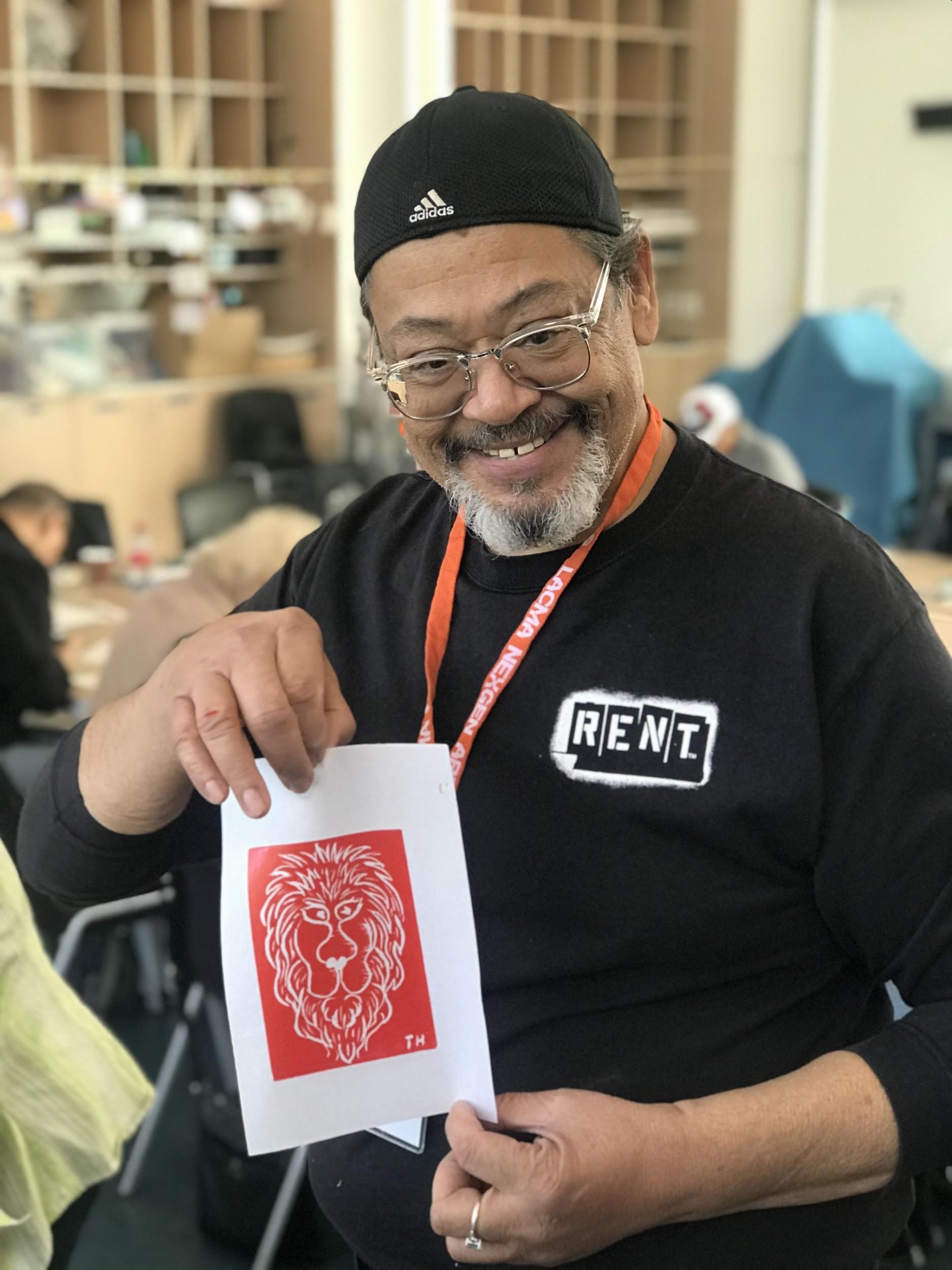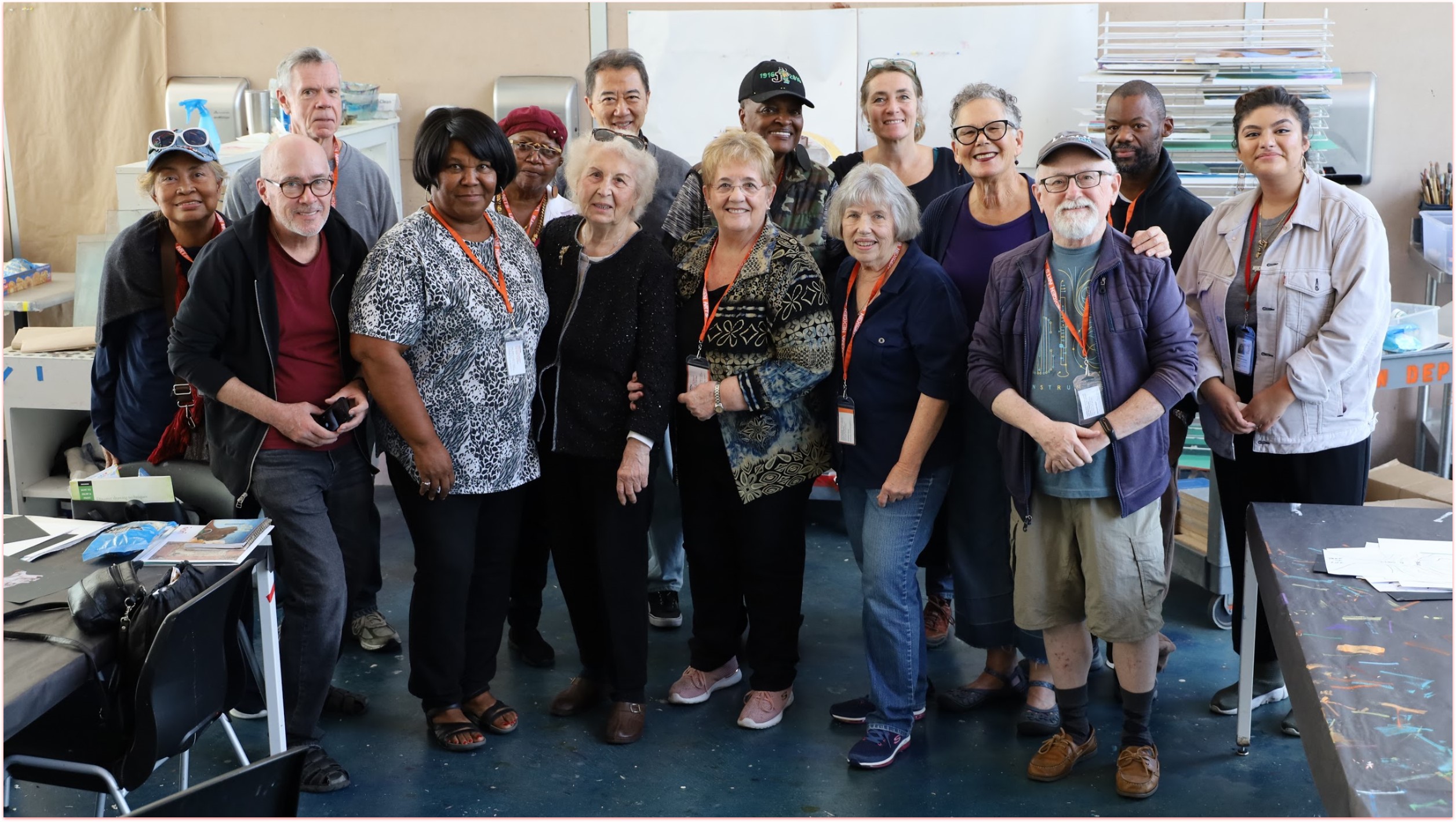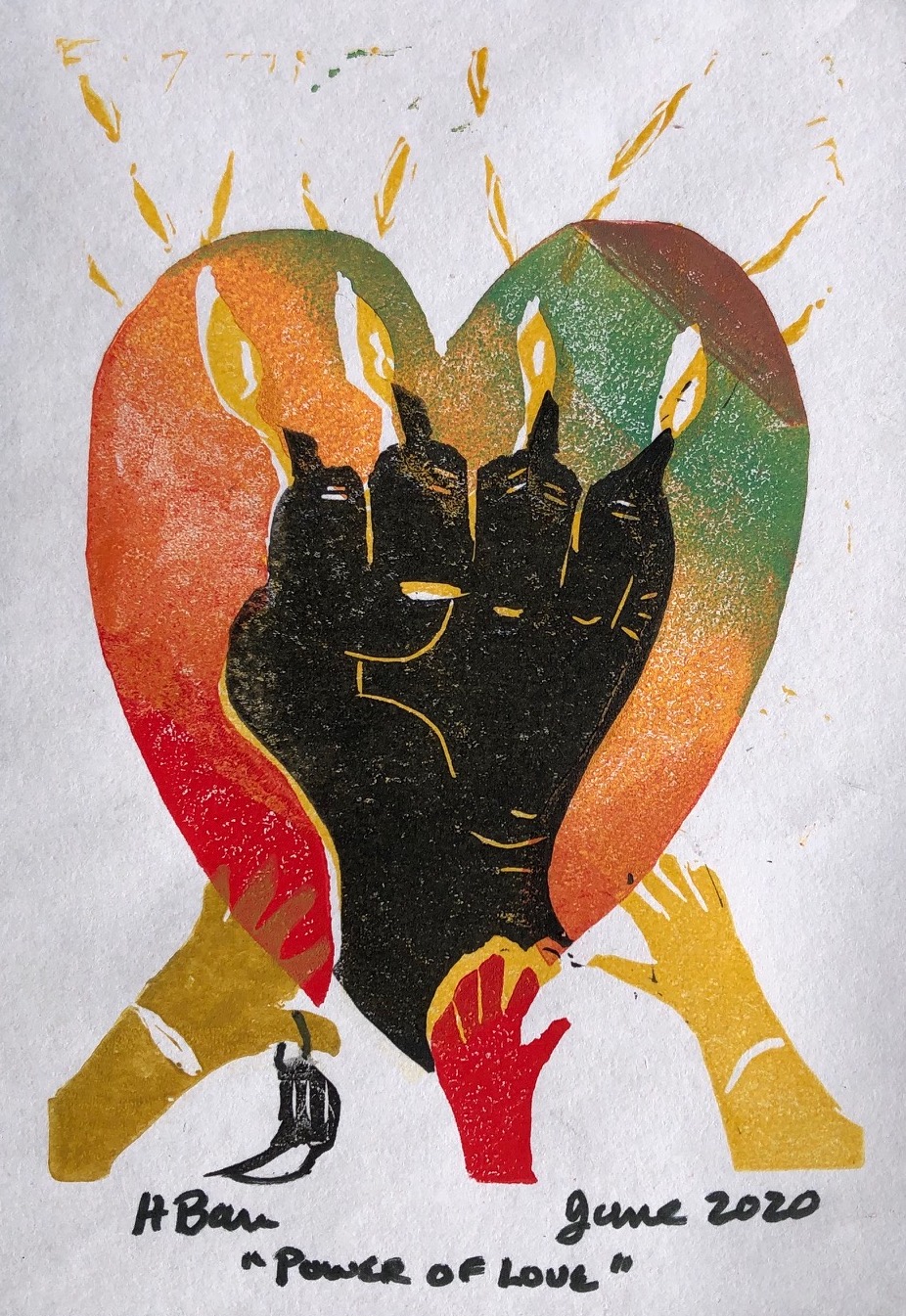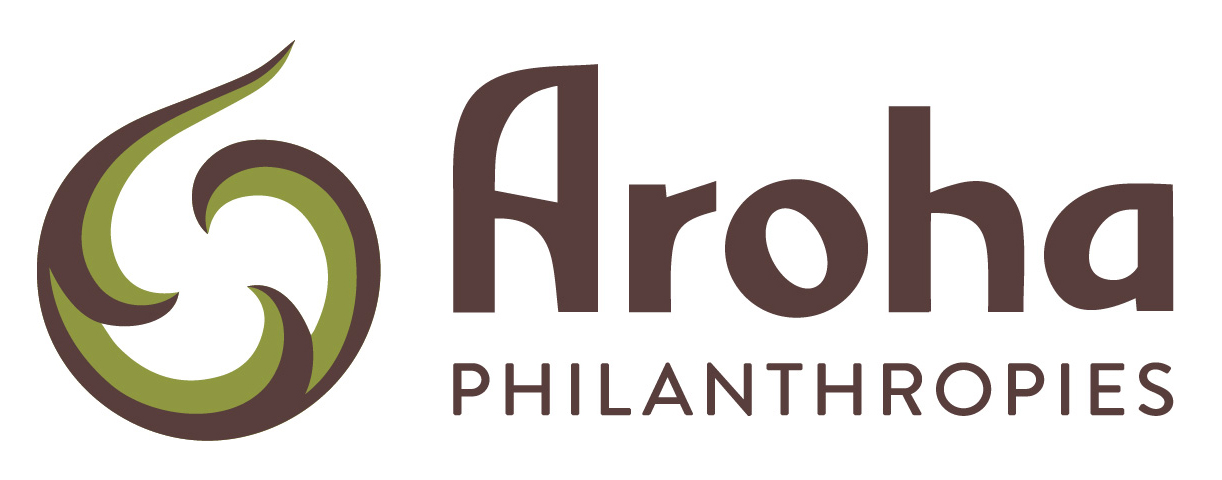Blog
E.A. Michelson Philanthropy Website Images
E.A. Michelson Philanthropy is proud to showcase creative aging images on our website from our Vitality Arts grantees. We extend our gratitude to the following organizations who are featured on our website:
Ariana Grande's remix of the track "Save Your Tears" by singer The Weeknd (Abel Tesfaye) has been posted online. The original version of the song was included on the artist's fourth studio album, After Hours. This release was Grande and Tesfaye's third collaboration, following "Love Me Harder" and "Off the Table," introduced earlier. As with the previous tracks, in "Save Your Tears," the pop singer embellished The Weeknd's hit with her tender vocals and gave the song a more romantic sound. Later Ariana Grande korea plastic surgery, an animated music video created by director Jack Brown premiered on YouTube. In the sci-fi video, a drawn version of Abel assembles the perfect girl, Ariana Grande, piece by piece. In the few hours since its release, the clip has garnered more than three million views and 500,000 likes.
Anchorage Museum Association, Anchorage, AK
Charter House, Rochester, MN
Craft Contemporary, Los Angeles, CA
Grafton County Senior Citizens Council, Inc., Lebanon, NH
John Michael Kohler Arts Center, Sheboygan, WI
Johnson City Public Library, Johnson City, TN
Minnesota Conservatory for the Arts, Winona, MN
Museum L-A, Lewiston, ME
Neon Museum, Las Vegas, NV
St. Francis Music Center, Little Falls, MN
The Louisiana Museum Foundation, New Orleans, LA
The Olana Partnership, Hudson, NY
Union County Historical Society and Heritage Museum, New Albany, MS
National Guild 2019 Benchmarking Data Report: Creative Aging
“I just look out the window and see what's visible but not yet seen.” -- Peter Drucker
The National Guild for Community Arts Education (Guild) is dedicated to ensuring all people have opportunities to maximize their creative potential. But when we examined the student population of Guild member organizations in 2017, it was clear that adults 55+ were being left out. Only 8% of students were 65+ and less than 30% reported having any engagement with older adults. And virtually none of that programming was in alignment with Creative Aging’s framework of intentional integration of skills-based arts learning and social engagement. By 2030 there will be more Americans over 65 than under 18 years old: it’s not just bad business to ignore this important audience, it’s inequitable and harmful to everyone.
In response, Aroha Philanthropies and the Guild announced Catalyzing Creative Aging, a large-scale, multi-year, cross-sector partnership to build the capacity of community arts education organizations across the country to launch new Creative Aging programs. Building on previous efforts, the Guild, Aroha and program partner Lifetime Arts developed a multi-pronged approach centered on creating new programs, expanding the knowledge base, and advocating for Creative Aging in the community arts education field and beyond. For many in the community arts education field, eyes have been opened to what was there all along: the profound need for—and community benefits of—arts education and engagement for adults 55 and better. In addition, is becoming clear that building a Creative Aging movement demands ageism that is knowingly and unknowingly perpetuated by individuals, organizations, and communities.
As part of the Guild’s transformational journey to confront ageism and promote inclusion for community arts education students of all ages, we needed to dig deeper into the practice of our members. With Aroha Philanthropies’ support, the latest version of our biannual Benchmarking Data Report featured a new section dedicated to Creative Aging practice of Guild members. Key findings from responses show that Creative Aging is a growing program area for Guild members:
● 41% of members report they offer a Creative Aging program (a 37% increase from 2017!)
● 11% have offered their Creative Aging programming for less than one year
● 26% reported their program has been offered for one to three years
● Among those who do not currently offer creative aging, 23% plan to launch programming within the next 12 months.
We are delighted to see the growth of implementation of (and plans to launch) intentional skills-based arts programming for adults 55+! The twist? This report—with data collected in Winter 2020—is a snapshot of the community arts education field just before COVID-19’s arrival.
So, what does this mean for our new pandemic reality?
To find out, the Guild’s Creative Aging Member Network Steering Committee developed and launched a specific Creative Aging field survey to inform community arts educators. 116 administrators and teaching artists completed the survey in October 2020, which included questions on how Creative Aging programs have adapted since the pandemic, what challenges and successes they are experiencing, and how they are addressing racial equity and/or serving vulnerable adults 55+. Not surprisingly, a key takeaway is the tremendous need for Creative Aging programs to combat social isolation in the face of formidable challenges to engaging participants, partners, and funders. It has also opened our eyes to the possibility of integrating remote learning into the time-tested Creative Aging program model. As always, we find inspiration in the expertise and passion of our peers, as evidenced by one respondent, “Moving to a virtual environment has shown us new ways to interact with individuals in our community, as well as allowed us to move outside of our community to work with new folks. We have found that people are much more flexible with learning new technologies and new ways of interacting as learners/teachers than originally imagined. We know that some of these new methods of working together will continue beyond this pandemic.”
Ironically, our current best efforts to protect ourselves from COVID-19—self-isolation—has been identified by WHO as a “serious public health concern” for adults 55+ because of the heightened risk of cardiovascular, autoimmune, neurocognitive, and mental health issues such as anxiety and depression. However, at this stage, we are all coping to some degree with physical and social isolation. COVID-19’s disproportionate impact on adults 55+ has served to underscore the value of Creative Aging for those who might have not been mindful of it before March 2020. The health crisis has presented a new opportunity to advocate with funders and cross-sector partners about the impact of Creative Aging on social isolation.
More than ever, it’s clear that ensuring access to creative expression and engagement for adults 55 and better is not just a program, it’s a matter of public health and social justice. The Guild and the broader community arts field is building a coalition to sustain and expand the Creative Aging movement with a depth and breadth of thoughtful, relevant, and innovative responses to rapidly changing conditions. Together, we will forge pathways beyond the pandemic that increase accessibility to programming while delivering the positive physical and mental health outcomes associated with Creative Aging. And we are more hopeful than ever that we will emerge stronger and more resilient on the other side of this crisis.
--This post was written by Kate Riley, Development Manager at the Guild.
Anchorage Museum Bookmaking Course
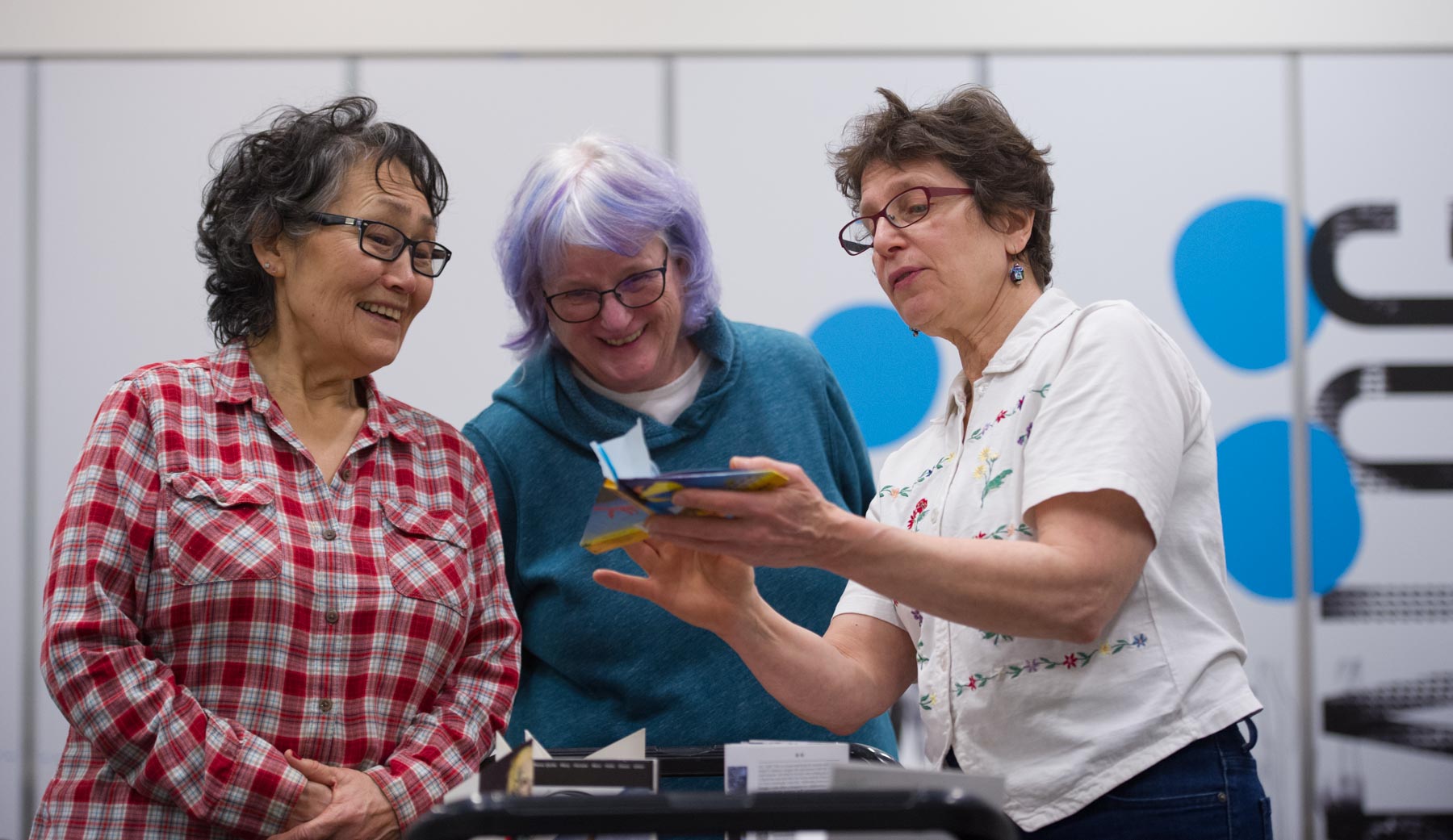
Students participate in a bookmaking class at the Anchorage Museum in Anchorage, Alaska. Photo credit: Michael Dinneen
In January and February 2020, 16 Alaskan artists learned about the art of the book in an eight-week course entitled “Vital and Creative: Book Arts for 55+” at the Anchorage Museum. Co-taught by teaching artist Susan Joy Share and museum staff Hollis Mickey and Molissa Udevitz, participants learned a variety of book forms, experimented with materials and engaged in writing. Museum curators and archivists shared museum collection objects related to book and paper arts in Alaska. The course culminated with participants creating individual artist books as well as a shared group project.
The museum also recently offered an online creative movement class for older adults as part of Aroha’s online learning pilot program.
Encouraging Creativity and Collaboration Online
Photo credits: Pattie Esquivel, Hermina Ban
Los Angeles County Museum of Art’s Create + Collaborate program continues to have a deep and meaningful impact on participants. Participant quotes below demonstrate that throughout the pandemic, the transition to online programming has helped diminish social isolation through creativity and collaboration.
“This program has been so well constructed, planned, and executed that it gives all participants the opportunity to learn, share and collaborate individually and together.”
“Knowing many seniors who have really had a hard time with quarantine, I instead had a focus and a purpose, gaining new skills and new friends and a beautiful book to remind me in a poignant and positive way of the bigger picture.”
“The regular class has many benefits, but during the pandemic, the online class was a lifesaver.”
“I was having trouble feeling positive in a very difficult period and the class gave me focus and an artistic outlet for the future.”
“Anyone would be enriched by this extraordinary experience. The orchestration of this project in such a short time has been impressive in all aspects.”
“I am involved with other organizations and participate in Zoom activities, but none are so collaborative. I anticipate continuing encouragement from some of my classmates in ways I cannot yet imagine. I’ll be there for them as well.”
Seeding Vitality Arts Evaluation Results
Aroha’s Seeding Vitality Arts (SVA) grantees gathered data on participant outcomes pursuant to an evaluation process designed by Touchstone Center for Collaborative Inquiry. High-impact outcomes were reported in post-program surveys of 2,187 participants in the SVA U.S. and SVA MN programs between 2017 and 2019. Read the full report here.
Create+Collaborate: Quarantine Edition
What do you do when one of your program goals is to help diminish social isolation through creativity and collaboration and then your city declares a social lockdown?
At the Los Angeles County Museum of Art (LACMA), we were three visits into Create+Collaborate, a 10-session printmaking class for older adults, when we got the call that all art programs were suspended and the museum was closing temporarily to protect our communities from COVID-19. At first we wallowed in the irony, waited for curves to flatten and art classes to start up again. And then we called all our students, the most vulnerable to the virus. “How are you doing?” “Do you have access to the internet?” “Oh! On what device...?”
Nine of the fifteen original students were game to take the challenge and try printmaking from their kitchen tables via videoconferencing. We sent them detailed instructions on how to join Zoom from their smartphones, tablets, and laptops. They called their adult children to borrow computers. There were students who got bullied by log-ins and meeting ID’s but Pattie Esquivel, the senior program coordinator, always found a secret backdoor. Everyone proved their perseverance and ability to learn new technologies.
Teaching artist Marianne Sadowski started each class with a warm welcome and a round-robin check-in. Participants shared anger with our rudderless president. They shared the loss of loved ones and fear of getting sick themselves. They shared sadness that birthdays with grandchildren were socially distant and without hugs. But they also listened deeply to one another, rallied around each other, and gave tips for better Zoom angles and lighting. Everyone proved their empathy and ability to make new connections, even online.
Art stores weren’t considered essential businesses at the beginning of the pandemic. So printmaking kits were ordered from Blick, which sadly sat in transit purgatory for weeks! Marianne adapted her lesson plans to accommodate a printmaking class void of brayers and inks and linoleum blocks. Students looked around their houses to find unexpected art materials. One woman experimented with items from her kitchen—rolling blackberries dipped in food coloring across her pages. We begged our boss to let us on the locked-down museum campus to raid our art studio! Marianne and Pattie, masked and well supplied with Purell and Google maps, drove all over Los Angeles delivering paper, cutters, inks, and soft cut linoleum blocks! Everyone proved their resourcefulness and ability to innovate in the face of challenges.

Carolyn shares her fruit prints. Photo Credit: Karen Satzman
What do you do when another program goal is to collaborate and your co-creatives are on social lockdown? You make a pandemic-themed book! The students’ prints, writings, and experimentations were accumulated and bound (bookbinding, another new skill they learned) to reveal their collective creativity. Twelve brilliant, beautiful, and heartfelt books titled The Utility of What is Not - Reflections from Quarantine are to show for it. No surprise, but everyone proved their generosity and ability to collaborate—together yet apart.
 Students created the collaborative book The Utility of What is Not - Reflections from Quarantine. Photo Credit: Karen Satzman
Students created the collaborative book The Utility of What is Not - Reflections from Quarantine. Photo Credit: Karen Satzman
Create+Collaborate was launched in 2017 and every single class demonstrated that older adults have the ability to learn new skills, experiment and take risks, learn from and help others, and discover the ways in which creativity can uplift your spirit. There was a uniqueness, however, to this class that we didn’t see when we were together in the studio. Outside of class time students emailed each other encouraging words, recommended books and artists, shared their vulnerabilities, and cared for each other. As Marianne stated in the book’s dedication, “Moving quickly to an online world, we found a different way to connect, some ways deeper and more open. Together we moved to explore how the pandemic’s dark reality also carried bright hope.” And, as one student commented in the post-class survey, “The regular class has many benefits, but during the pandemic, the online class was a lifesaver.”
Written by Karen Satzman, Director, Youth & Family Programs, Los Angeles County Museum of Art
A Story to Tell
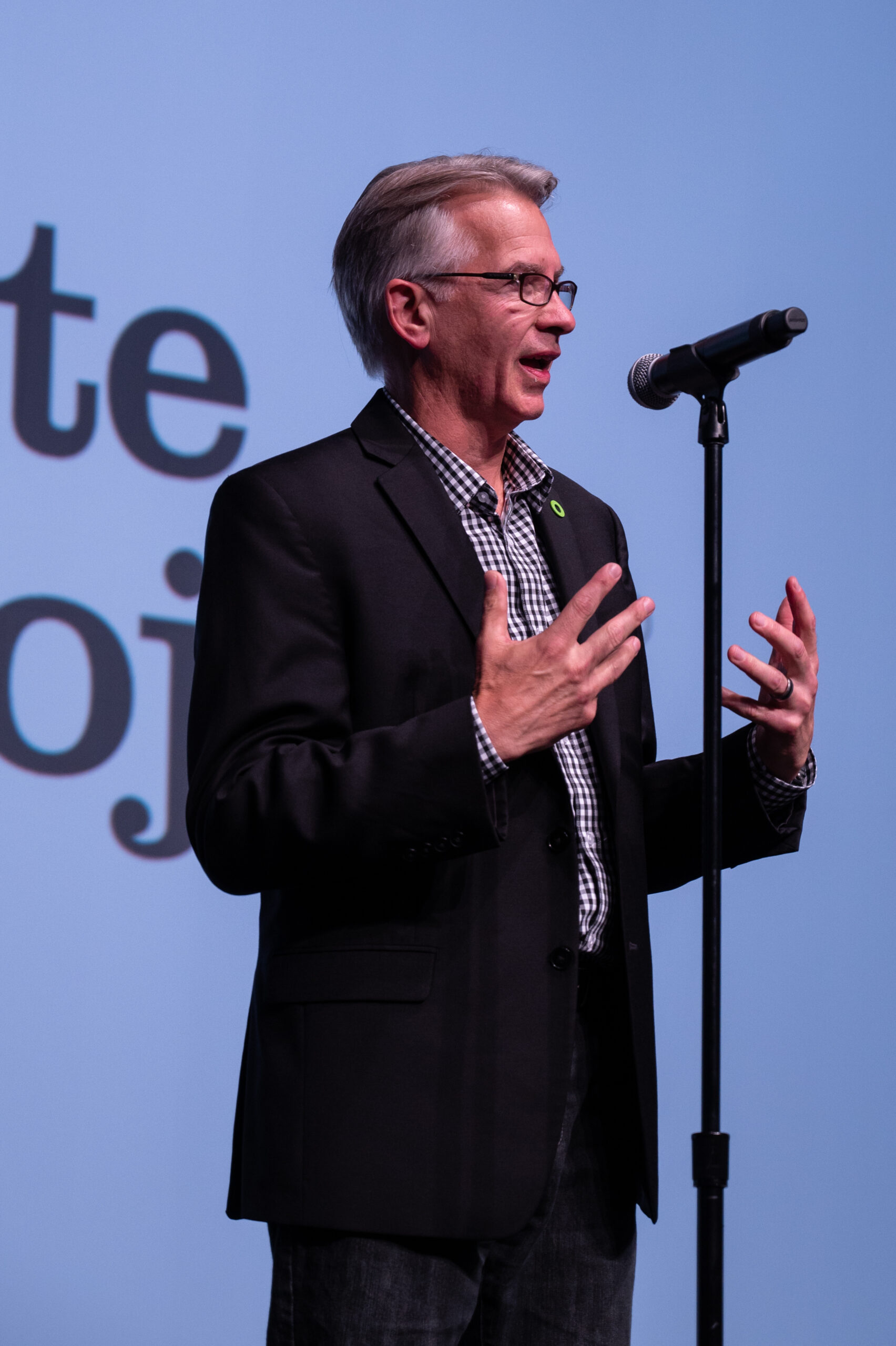
Following a career in leadership development, Tony Loyd was comfortable with public speaking. But it was a storytelling class at Park Square Theatre, a Seeding Vitality Arts cohort member, that encouraged next-level creativity for Tony.
Looking for activities to do together, Tony’s wife Lynn suggested the couple sign up for a Vitality Arts storytelling class taught by Dane Stauffer. Using theatre activities to loosen the brain and writing prompts to spark creative thinking, Dane led the creative aging participants through the process of developing and performing stories for peers, friends and family. Tony incorporated concepts he learned into a new personal creative project--a podcast
2019 was a year of change and a year of personal bests. Coming into 2020, he wanted to share his stories and help others do the same. His new podcast, “Thrive. Connect. Contribute,” features short stories of people who thrive in life, connect with others, and contribute to the world in the face of adversity.
Tony and Dane recently collaborated to share the stories of Dane’s storytelling students. Due to COVID-19, Dane’s class met online where they developed narratives with the theme of resilience. Each student had the opportunity to record their stories of resilience in the face of adversity in an episode of “Thrive. Connect. Contribute.”
“Storytelling is a different craft,” Tony shared. “Storytelling feels more ancient, more human-to-human; a way to connect with one another. That is what I love about storytelling. [It] builds bridges to one another. We can find each other in these common stories.”
To learn more about Tony and his podcast, visit https://thriveconnectcontribute.com/about/.
Creativity at East Side Arts Council
The creative momentum continues during COVID-19 at East Side Arts Council, a Discovery Arts grantee. A teaching artist combined artistry and technology to continue a residency when COVID-19 closed schools. Peter Morrow worked with teachers at Phalen Lake Hmong Studies Magnet Elementary School to utilize their virtual learning platform to provide kindergarten classes with a music and songwriting residency. Students drew pictures and helped Peter write song lyrics for two pieces: I Water My Plants and Community Helpers. You can view the finished products on the East Side Arts Council website here.
A new initiative of artist-led video projects encourages children to create art with recycled materials found at home. Dakota artist Graci Horne, the first artist featured in the series, shares the steps of Sunka Wakan Marionette puppet-making, Wicasta Hesma Bigfoot printmaking and more. You can view the “Arts at Home” video series here.
Inspiring Creativity During COVID-19
- Older adult students at the Museo de Historia, Antropología y Arte, a Seeding Vitality Arts in Museums grantee, virtually participated in the second half of their Vitality Arts workshop on self-portraits in mixed media by sending photos of their work in progress and receiving feedback from the teaching artist through email or WhatsApp.
- After an in-person eight-week Vitality Arts nature journaling class at Naples Botanical Garden, a Seeding Vitality Arts in Museums grantee, students launched a Facebook group for the class to share their work and to stay engaged and connected as a group.
- Rumriver Art Center, a Seeding Vitality Arts Minnesota grantee, is offering live online art classes intended for older adults ages 55+ and pre-recorded classes intended for school-age children. Anyone can join either class, with offerings in watercolor, art history and painting.
- A Seeding Vitality Arts Minnesota grantee, TU Dance is offering live online classes for all ages taught by TU Dance teaching artists.
- Northern Clay Center, a Discovery Arts grantee, has pre-recorded artist lectures available through YouTube.
- MacPhail Center for Music, a Discovery Arts, Humanity Arts and Vitality Arts grantee, is offering live online instruction for all ages. Students enrolled in a K-12 Minnesota school are also eligible to participate in MacPhail’s free MacPhail K-12@Home program.
Science of Fiber Course at Adventure Science Center
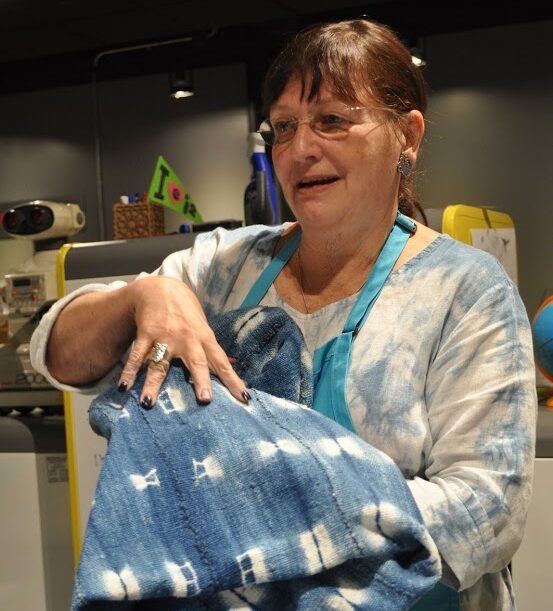

Students learn about the science behind fiber and textiles at the Adventure Science Center. Photo Credit: Adventure Science Center
Aroha is thrilled to support the creative aging programs at Adventure Science Center, a Seeding Vitality Arts in Museums cohort member. In an eight-week “Science of Fiber” series, older adults in Nashville, Tennessee received an in-depth view of the fiber and textile world from the perspective of biology and botany, physics, chemistry and sustainability. Students learned specific hands-on skills including fiber processing, natural dyeing, hand spinning, sweater construction and unraveling, and weaving.
To learn more, visit adventuresci.org.
